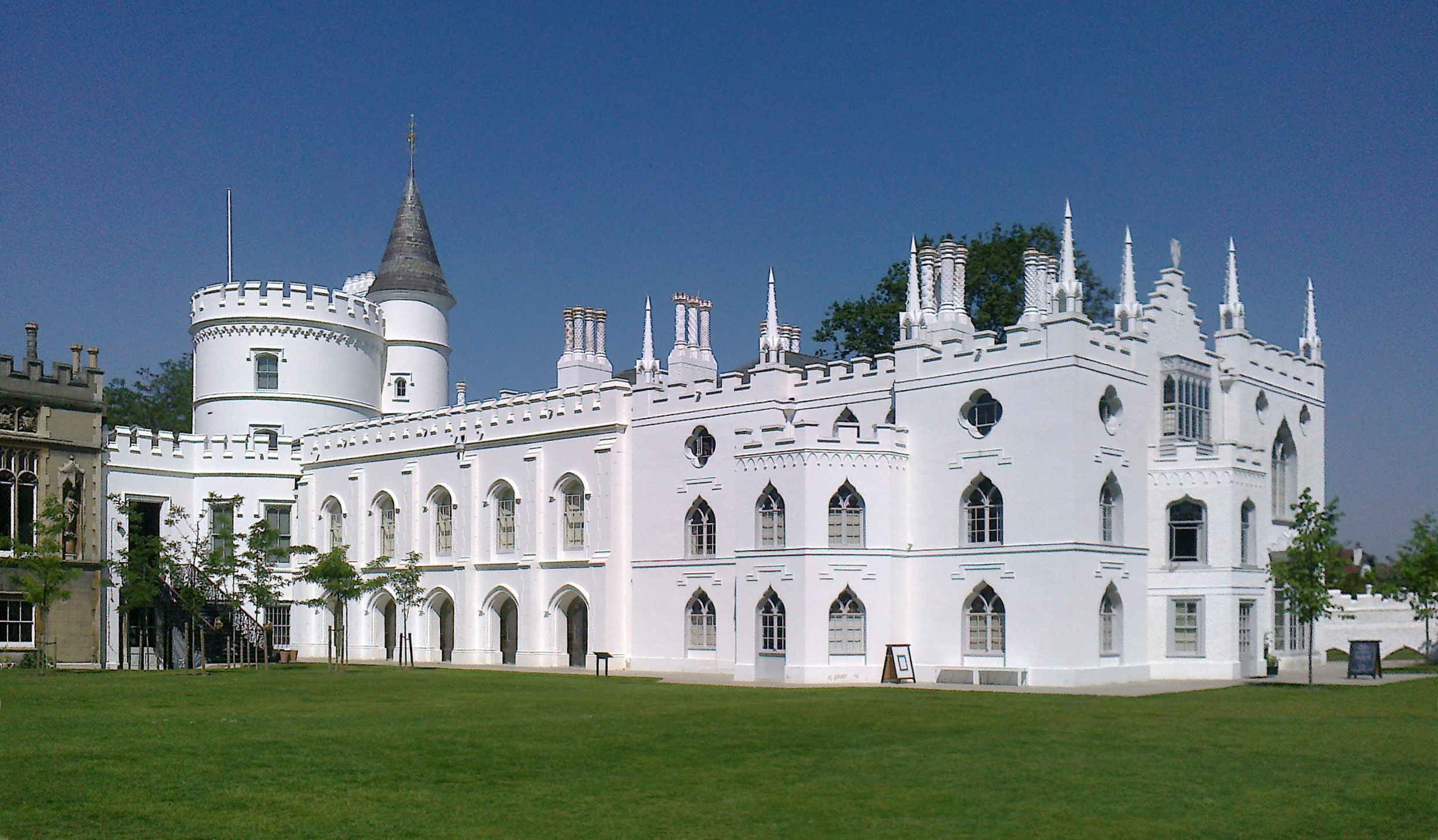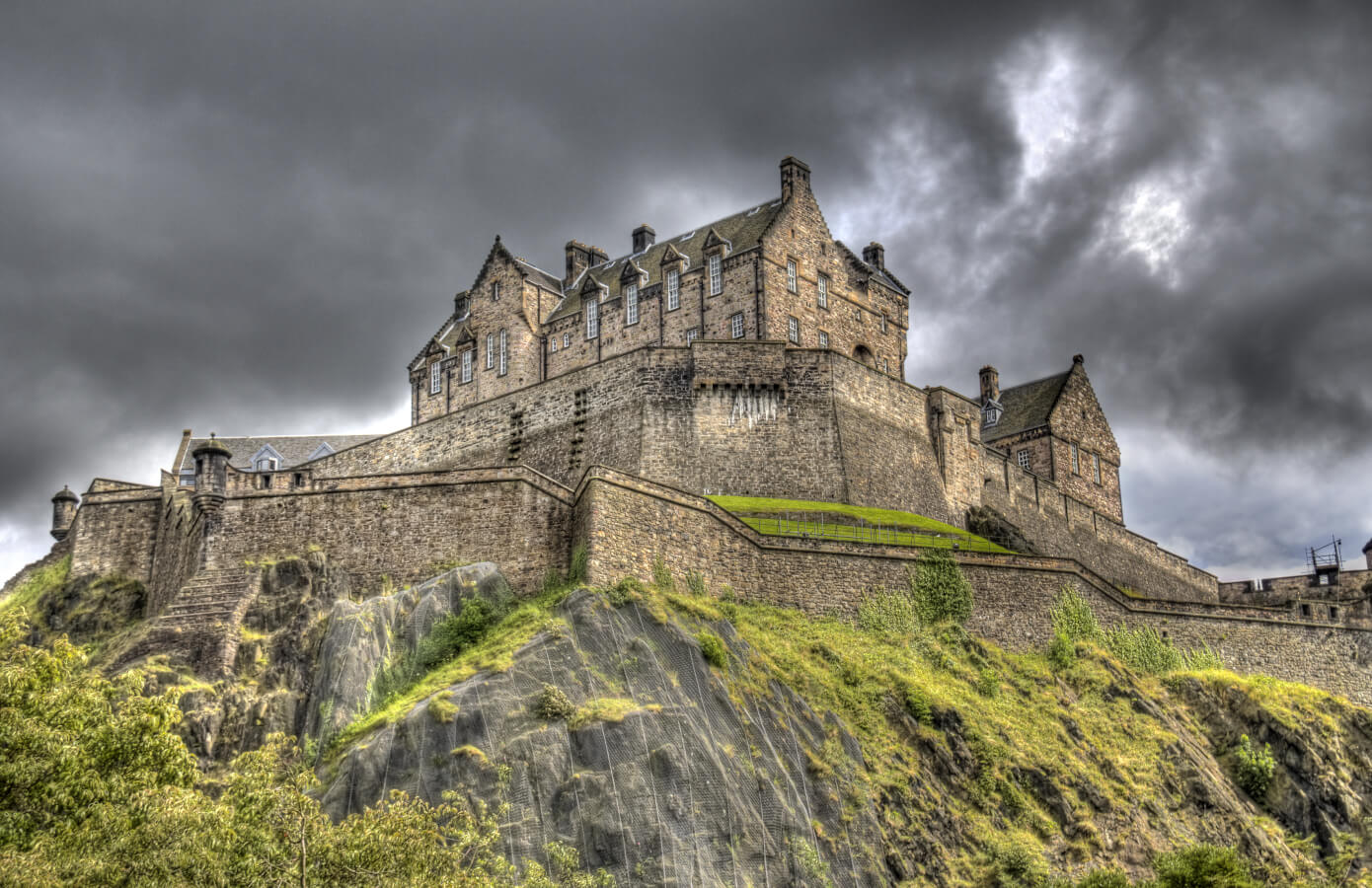Tea With a Monk
12:13 AM
 In late September Japan takes a day off to celebrate the changing season, which left me to explore my new home a bit. Hikone is surrounded by mountains so I looked up the closest one and set off on bicycles with my housemate Daiki to climb it.
In late September Japan takes a day off to celebrate the changing season, which left me to explore my new home a bit. Hikone is surrounded by mountains so I looked up the closest one and set off on bicycles with my housemate Daiki to climb it.At it's foot there was a big, busy park but no mention of a trail head. We began circling the foot of the mountain until we found what looked like a shrine entrance which maybe would lead to the top, or maybe just to a shrine. Either way we wanted to check it out. A few minutes of hiking later we found the trail didn't lead to the summit or a shrine. Instead it lead away from the summit and towards a temple. Not a bad find. Grave sites dotted the mountain around the temple so we wandered around those marveling at their age and fixing one knocked down by a tree.
When we came back through the temple grounds we sat down and talked for a while, catching the attention of a monk living in the temple. He came outside and, instead of asking us to leave, he invited us in for tea. Feeling mystified, I followed him into what was literally a thousand year old temple (rebuilt 400 years ago). We sat down with him for tea while looking out over his garden before getting a tour of the temple. I didn't get any pictures of the inside but it was like a museum without glass around the artifacts.
I couldn't follow any of the conversation but learned from Daiki that the monk takes care of the temple completely by himself. He said its a lot of work so Daiki offered to send international students interested in Japanese history to help occasionally. The monk invited us to come back anytime and gave us umbrellas to go home with.
 About a week later Daiki wanted to head back to the temple and work out some kind of schedule with the monk. I tagged along hoping to get pictures of some of the artifacts this time. We arrived back at the temple only to find nobody was home. Because we had biked all the way out to the mountain I suggested we explore a bit and maybe find the trail head this time. We started up a road going in the right general direction until we found an older couple coming down. Daiki asked which way to the top and they told the road we're on goes all the way up. We continued following the road up where we found a shrine and a take-off platform for hang gliding, presumably so you can say a little prayer before jumping off a mountain. From here we could see our whole town and all the way across lake Biwa to the next town. Looking down the mountain we saw hang gliders sitting in a field so I guess we just missed the show.
About a week later Daiki wanted to head back to the temple and work out some kind of schedule with the monk. I tagged along hoping to get pictures of some of the artifacts this time. We arrived back at the temple only to find nobody was home. Because we had biked all the way out to the mountain I suggested we explore a bit and maybe find the trail head this time. We started up a road going in the right general direction until we found an older couple coming down. Daiki asked which way to the top and they told the road we're on goes all the way up. We continued following the road up where we found a shrine and a take-off platform for hang gliding, presumably so you can say a little prayer before jumping off a mountain. From here we could see our whole town and all the way across lake Biwa to the next town. Looking down the mountain we saw hang gliders sitting in a field so I guess we just missed the show.To summarize, during my first week in Japan I set off to climb a mountain and found a temple. In my second week I went to visit a temple and instead climbed a mountain. I'm learning that sometimes the lack of a plan is the best plan.































